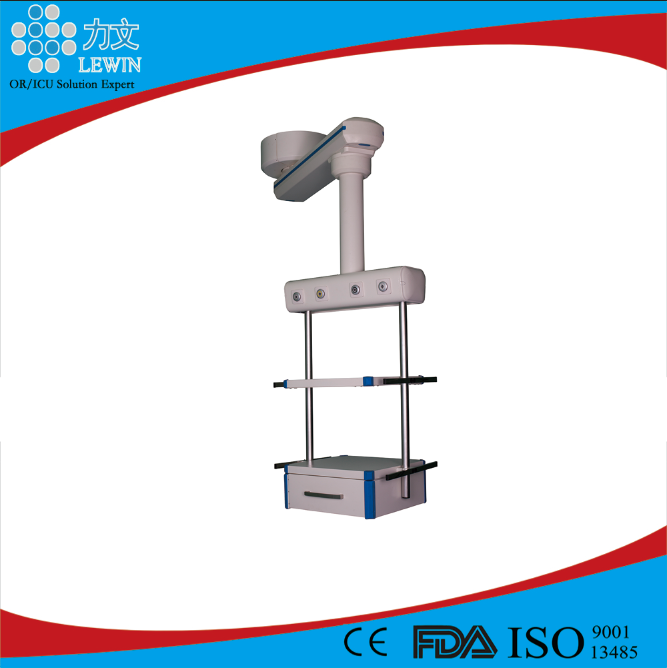Single Arm Manual Medical Pendant
Customrized Lewin brand medical pendants;
The surgical pendant has been fully validated, quality can be tested by using;
Lewin Medical Pendant provides ideal and high performance work environment for medical staff;
At the same time, Our hospital use pendant aim is to make patient comfort;
The medical pendant can be customrized to meet the different needs and for future upgrades;
Can choose column, single arm, double arms;
can choose column or head type;
Flexible choice to increase gas outlet, power socket, quantity of data port and type;

Manual Cavascope Pendant,Manual Surgical Pendant,Manual Ceiling Pendant,Surgical Steel Pendant
Shandong Lewin Medical Equipment Co., Ltd. , https://www.lewinmed.com